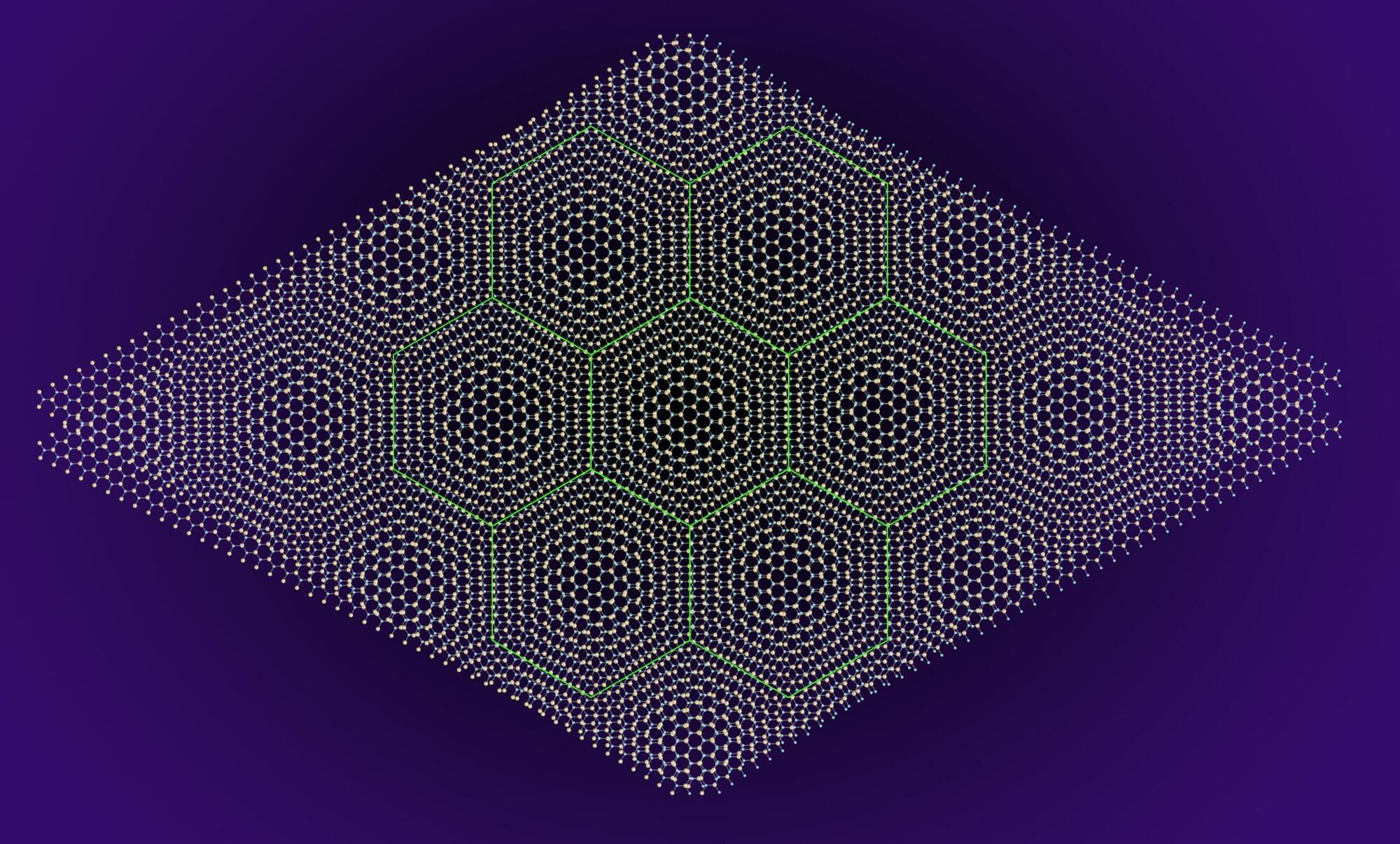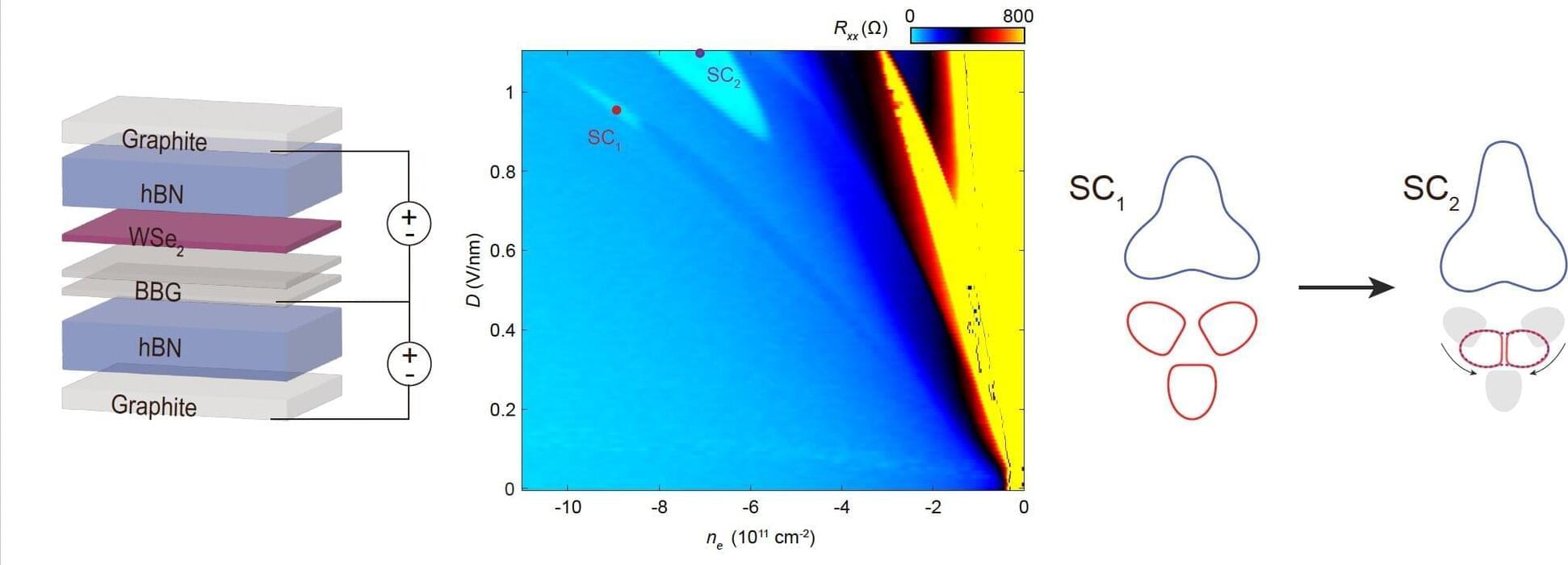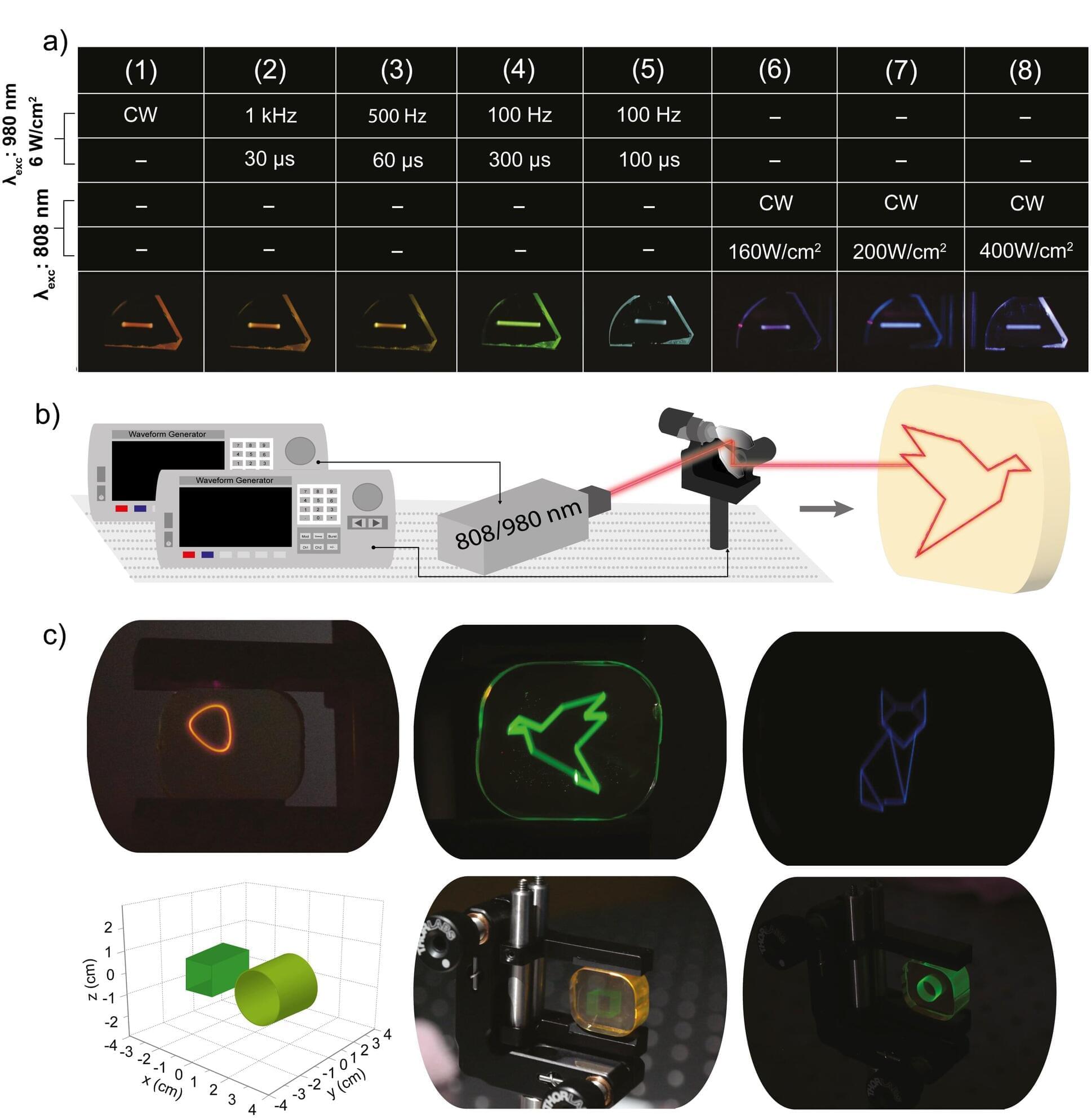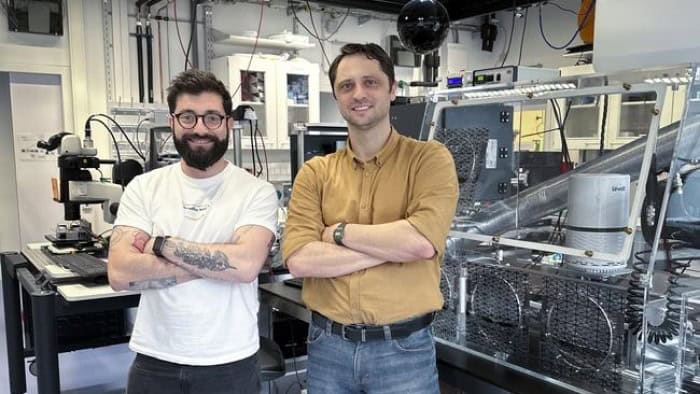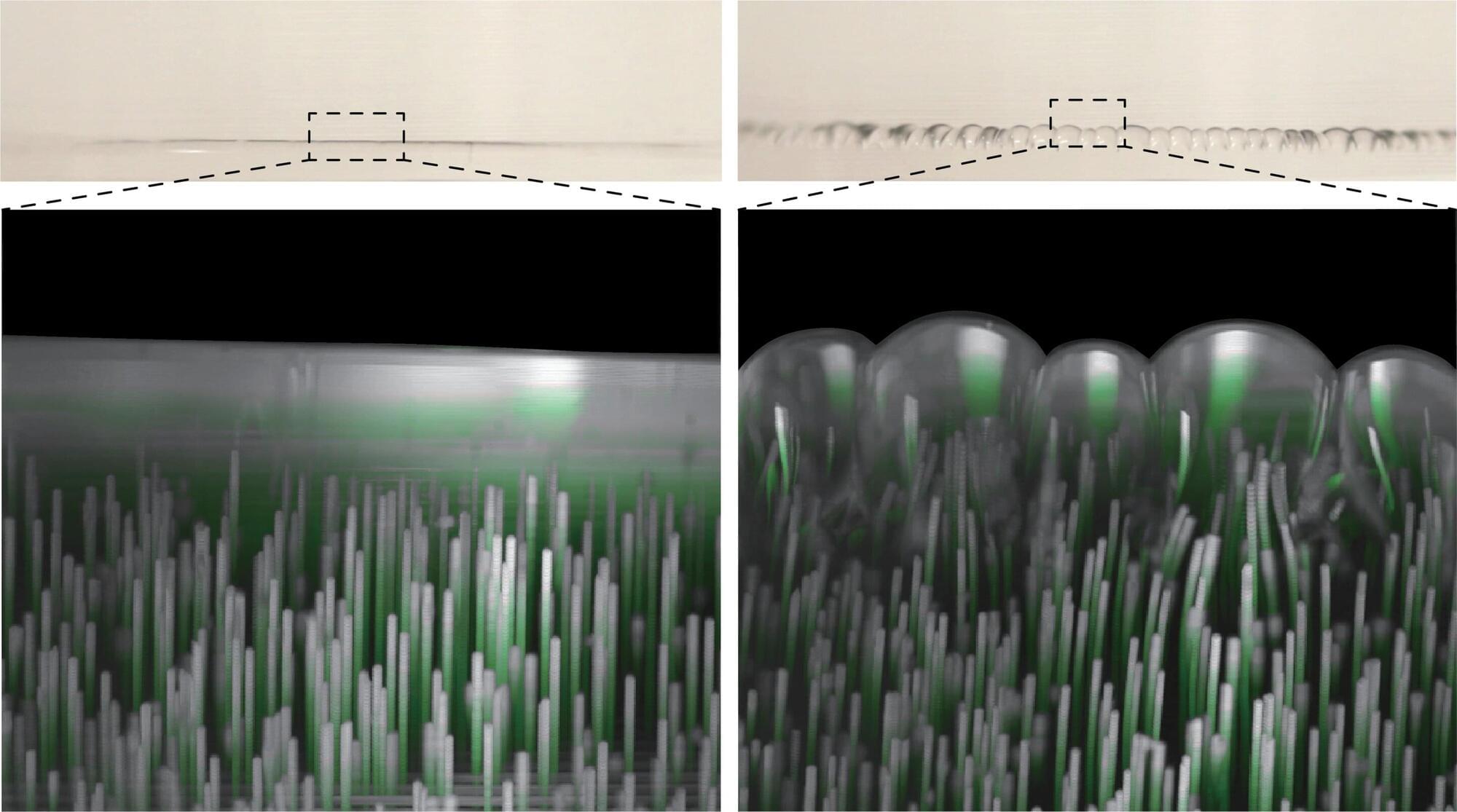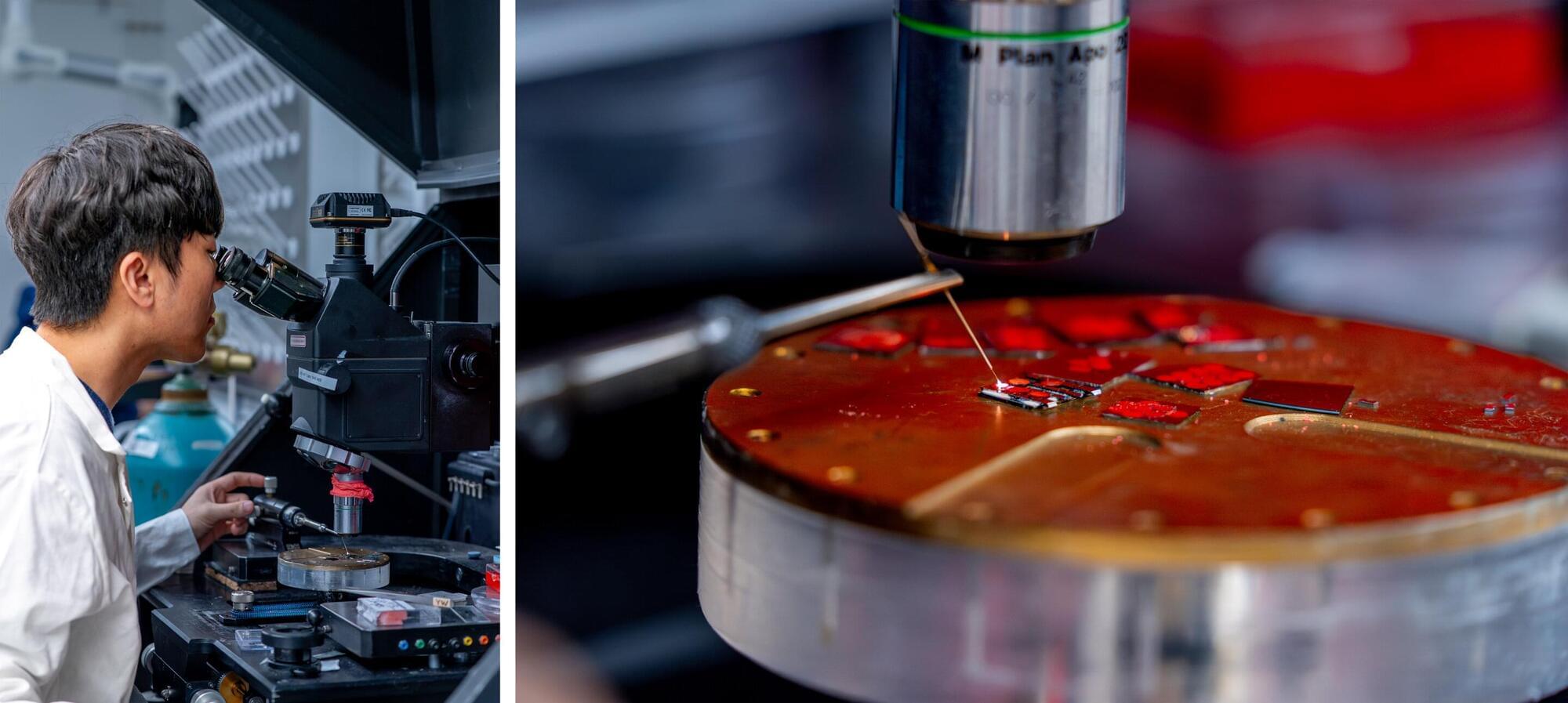A collaborative team of researchers from the Max Planck Institute for Structure and Dynamics of Matter (MPSD), Nanjing University, Songshan Lake Materials Laboratory (SLAB), and international partners has introduced a new method to regulate exotic electronic states in two-dimensional materials.
Building on the foundations laid by their previous work on twisted van der Waals materials, the team of physicists has now discovered a novel way to manipulate correlated electronic states in twisted double bilayer tungsten diselenide (TDB-WSe₂). This breakthrough offers new possibilities for developing advanced quantum materials and devices.
By precisely twisting two bilayers of WSe₂ near a 60-degree angle and applying a perpendicular electric field, the researchers have achieved control over the interaction between two distinct electronic bands, known as the K-valley and Γ-valley bands. This tuning has led to the observation of a “valley charge-transfer insulator”—an exotic state where electron movement is highly correlated, and electrical conductivity is suppressed.
